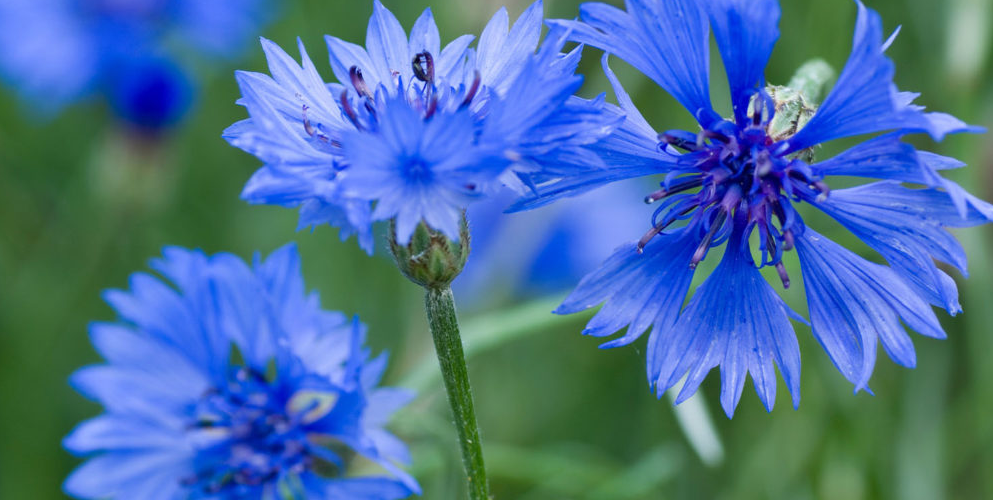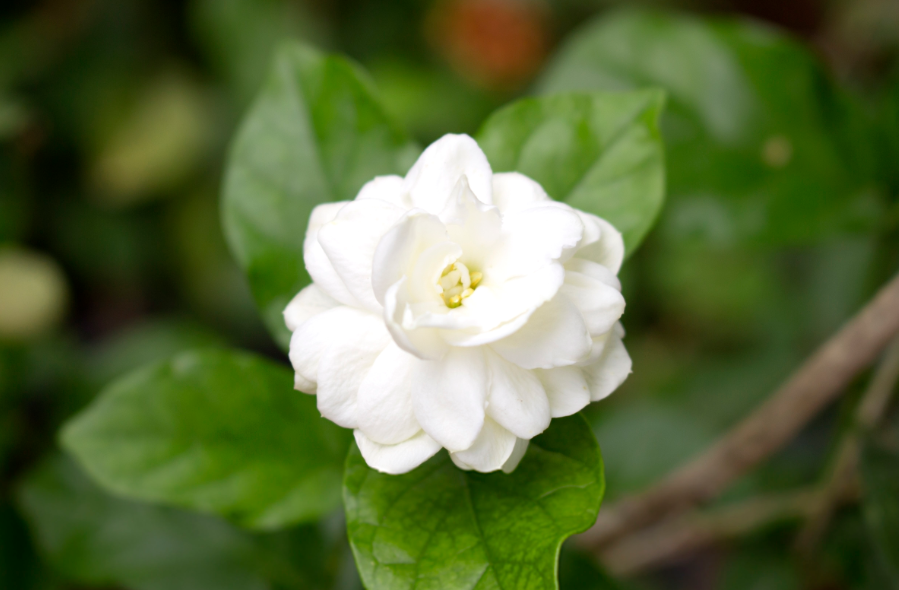Let’s have a look at the Dominican Republic National Flower. In the vibrant tapestry of nature, the Dominican Republic boasts a national treasure, the Bayahibe Rose. This enchanting blossom is more than just a symbol; it’s a testament to the country’s rich biodiversity and cultural heritage. In this article, we will delve deep into the world of the Dominican Republic’s national flower, exploring its origins, significance, and the mesmerizing beauty that makes it an integral part of the nation’s identity.
The Bayahibe Rose: A Floral Marvel
A Botanical Marvel
The Bayahibe Rose, scientifically known as “Pereskia quisqueyana,” is a unique cactus species. Contrary to the stereotypical image of cacti, this flower-bearing cactus stands apart. Its vibrant pink petals and lush green leaves create a striking contrast, making it a captivating sight for anyone who encounters it.
Origins in the Bayahibe Region
This remarkable cactus is native to the Bayahibe region of the Dominican Republic. The Bayahibe Rose thrives in the arid coastal areas, adapting to the challenging climate with grace. Its name pays homage to its place of origin, cementing its status as the national flower.
Cultural Significance of Dominican Republic National Flower
A Symbol of Resilience
The Bayahibe Rose embodies the spirit of resilience, much like the Dominican people. Its ability to flourish in harsh conditions is a testament to the strength and determination of the nation. This symbolism resonates deeply with the locals.
Celebratory Events
During special occasions and festivals, the Bayahibe Rose takes center stage. It is a common sight at weddings, cultural events, and other celebrations, signifying love, hope, and happiness.
Dominican Republic National Flower: Conservation Efforts
Protecting a National Treasure
Given its significance, there are ongoing efforts to conserve the Bayahibe Rose and its natural habitat. Conservationists work tirelessly to ensure the continued existence of this precious species.
Ecotourism and Awareness
The beauty of the Bayahibe Rose has not gone unnoticed by tourists. Ecotourism initiatives encourage visitors to explore the natural wonders of the Dominican Republic, creating awareness about the importance of preserving this unique flora.
How to Care for Dominican Republic National Flower
Cultivation Tips
For gardening enthusiasts, cultivating Bayahibe Roses can be a rewarding experience. These cacti thrive in well-drained soil and require minimal maintenance. Regular watering and ample sunlight are key to their growth.
Landscaping with Elegance
Many landscaping experts incorporate Bayahibe Roses into their designs. Their vibrant color and drought tolerance make them a popular choice for adding a touch of elegance to gardens and outdoor spaces.
Bayahibe Rose in Art and Culture
Inspiring Artistry
The captivating beauty of the Bayahibe Rose has inspired countless artists, poets, and writers. Its presence in Dominican art and culture is a testament to its enduring allure.
Symbolism in Literature
In Dominican literature, the Bayahibe Rose often serves as a symbol of love, endurance, and the indomitable spirit of the people. It weaves its way into poems and stories, enriching the cultural narrative.
Conclusion
The Bayahibe Rose is more than just a flower; it is a living symbol of the Dominican Republic’s resilience and natural beauty. Its vibrant presence in the country’s culture and ecology highlights its significance. As we celebrate this national treasure, let us also join hands in conserving it for generations to come.
Dominican Republic National Flower: FAQs
1. Is the Bayahibe Rose found only in the Dominican Republic?
No, the Bayahibe Rose is primarily found in the Bayahibe region of the Dominican Republic, but it can also be found in other parts of the Caribbean.
2. Can I grow Bayahibe Roses in my garden if I don’t live in the Dominican Republic?
Yes, Bayahibe Roses can be grown in gardens in various regions with a similar climate. However, they may require special care in colder climates.
3. Are there any legends or folklore associated with the Bayahibe Rose?
Yes, there are local legends that connect the Bayahibe Rose to tales of love and resilience in Dominican folklore.
4. How does the Bayahibe Rose contribute to the Dominican Republic’s biodiversity?
The Bayahibe Rose plays a crucial role in the Dominican Republic’s biodiversity by providing habitat and sustenance for various wildlife species.
5. Can I visit the Bayahibe region to see these roses in their natural habitat?
Yes, the Bayahibe region offers ecotourism opportunities for visitors to see the Bayahibe Roses in their natural habitat and learn about their conservation efforts.
References
- “Pereskia quisqueyana – Bayahibe Rose.” IUCN Red List of Threatened Species. https://www.iucnredlist.org/species/152777/121759599
- “Bayahibe, a Town of Great Interest in the Dominican Republic.” Go Dominican Republic. https://www.godominicanrepublic.com/en/blog/post/bayahibe-a-town-of-great-interest-in-the-dominican-republic
- “Bayahibe: A Natural Paradise.” Dominican Republic Ministry of Tourism. https://www.godominicanrepublic.com/en/newsroom/bayahibe-a-natural-paradise
- “Dominican Republic National Symbols.” Embassy of the Dominican Republic in the United States. https://www.domrep.org/dominican/natlsy.html

